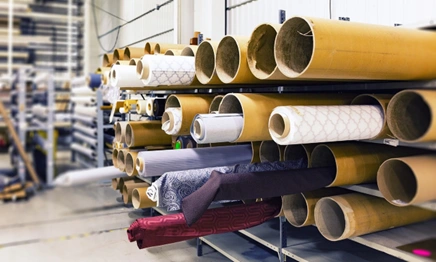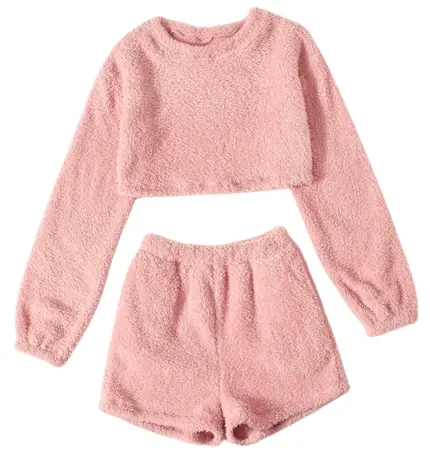Top 5 Types of Textile Adhesives
Adhesives are critical tools in the textile industry. Apart from their aesthetic benefits, textile adhesives provide an efficient and practical supplement to traditional sewing methods. They help to enhance durability and comfort in products like medical fabrics and underwear, among others. This article, explains the Top 5 Types of Textile Adhesives available in the world.
However, it’s not uncommon for textile manufacturers to encounter some challenges, like an adhesive failing to stick as it should, compromising the durability of the product, or damaging the product. This is because every type of adhesive has different characteristics and applications, which is why it’s extremely important that you choose the right adhesive depending on your application. Discussed below are the top five types of adhesives and their applications to help you choose the right one for your projects.

What are the Top 5 Types of Textile Adhesives available in the world?
Find out them below:
1. Hot Melt Adhesives
Hot melt adhesives refer to any thermoplastic-based adhesive that is applied in a molten state. Hot melt adhesives are usually applied using hot melt machinery such as an industrial glue gun.
Due to their strong bonding capabilities, fast setting time, and versatility, these adhesives are arguably the most popular in the textile industry. Hot melt adhesives are suitable for applications that require durable and heat-resistant bonds, such as making shoes and bonding leather goods. Characteristics of hot-melt adhesives
- Low application temperature
- Fast drying time
- Fast application and setting
- High strength and durability
2. Polyurethane-Based Adhesives
Polyurethane-based adhesives are incredibly versatile and create strong, durable bonds in textiles. They bond extremely well with most materials and are resistant to abrasion, weathering, and many chemicals. These adhesives are usually applied in technical and waterproof fabrics. They are also excellent for bonding outdoor products such as protective gear, tents, and tarpaulins. Characteristics of polyurethane-based adhesives
- Flexibility and strong adhesion
- Chemical resistance
- Resistant to harsh weather conditions
- Highly elastic: Polyurethane-based adhesives provide bonds that withstand stretching and movement
- Long-lasting performance
3. Water-Based Adhesives
These adhesives are sold as either pre-mixed solutions or as dry powders, which you must then mix with water to acquire their adhesive properties. Since water is their primary solvent, these adhesives are non-toxic and eco-friendly. They are suitable for bonding non-woven fabrics, lightweight fabrics, and lamination. In addition, due to their non-toxicity and eco-friendliness, water-based adhesives are suitable for home textiles such as curtains. Characteristics of water-based adhesives include the following:
- Non-toxic
- Fast drying
- Eco-friendly
- Flexible bonding
- Cost-effective for large applications
4. Solvent-Based Adhesives
Solvent-based adhesives are applied by dissolving them in an organic solvent, and a strong bonding layer is formed once the solvent evaporates. They tend to have a strong viscosity and are usually used for bonding textiles where durability, waterproofing, and fireproofing are paramount. Characteristics of solvent-based adhesives:
- Fast setting
- High bond strength
- Strong aging and water resistance
- Resistant to extreme temperatures and chemicals
5. Silicone-Based Adhesives
These adhesives are made from silicone compounds. They are usually in gel or liquid form, which makes them easy to apply to the surface that needs bonding. Once dry, they create a strong and flexible bond. Silicone-based adhesives are the most suitable adhesives for applications that require heat resistance and flexibility, including medical products, coat fabrics, and labels on clothing. Characteristics of silicone-based adhesives:
- Easy to color
- Flexible
- Resistant to chemicals and UV rays
- Strong adhesion
Endnote
Textile adhesives have revolutionized the fabric industry by offering efficient and versatile bonding solutions. However, the type of adhesive you choose should be determined by the type of fabric you want to bond, the technical characteristics of the adhesive, cost, and ease of use.


